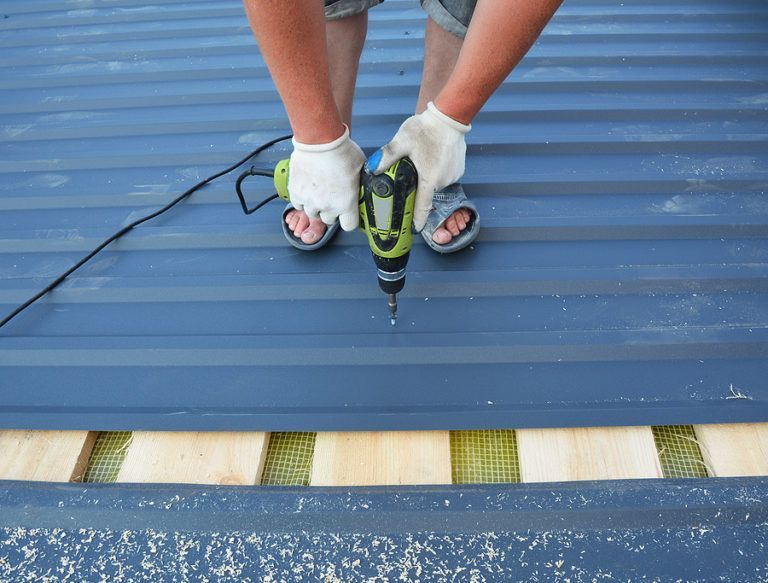How to Identify a Roof Leak
One of the most common problems that inspectors find during an inspection is roof leaks. Roof leaks can lead to costly damages when left alone or if left unnoticed. As a homeowner, it is important not only to identify when you have a leak but to know what contributes to water damage and leaking.
New Paragraph
New Paragraph
Most of the time, you will notice a leak from within the house. If you look up at the ceiling, do you see any damp patches? Often, water will run down the roof timbers and create a wet spot on the walls or ceilings. An inspector can look inside the roof cavity to determine if the roof has a leak and why the roof has a leak.
The Roof Covering
When inspecting the roof, it is important to look at the coverings. For instance, slates that are broken or dislodged may lead to leaks. In addition, if metal roof sheeting begins to corrode, you may not have adequate protection against the weather.
The Weak Points
Weak points are typically the areas where the roof intersects with the walls or chimneys. Often, it is in these spaces that you will find weather-proofing or flashing. Flashing is either an acrylic membrane or metal flashing that installs in the weak places.
The Pitch of the Roof









